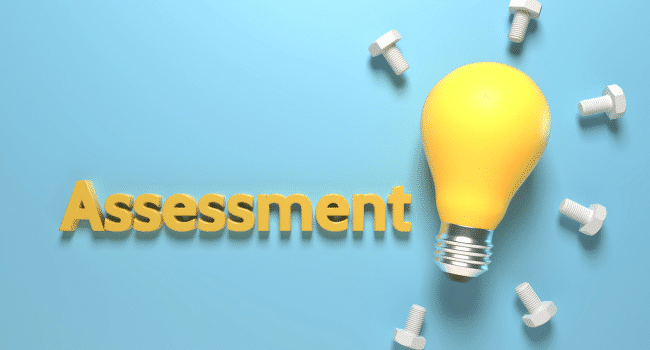In today’s digital landscape, cyber threats are becoming more sophisticated, making it imperative for businesses and individuals to conduct regular cybersecurity assessments. A cybersecurity assessment is a systematic evaluation of an organization’s information systems to identify vulnerabilities, assess risks, and implement necessary security measures. In this blog, we will explore the importance of cybersecurity assessments, the key components involved, and best practices for conducting one effectively.
Why is Cybersecurity Assessment Important?
Cybersecurity assessments are essential for several reasons:
Risk Identification: They help identify vulnerabilities in networks, applications, and systems before cybercriminals exploit them.
Regulatory Compliance: Many industries have strict cybersecurity regulations, such as GDPR, HIPAA, and ISO 27001, which require regular assessments to ensure compliance.
Data Protection: Assessments help safeguard sensitive data, reducing the risk of breaches that can result in financial loss and reputational damage.
Business Continuity: Identifying and addressing security gaps ensures that business operations remain uninterrupted in the face of cyber threats.
Cost Efficiency: Proactive security assessments help prevent costly incidents such as data breaches, ransomware attacks, and system downtimes.
Key Components of a Cybersecurity Assessment
A comprehensive cybersecurity assessment consists of the following components:
1. Asset Identification and Classification
Understanding what assets need protection is the first step. This includes:
Identifying critical IT infrastructure, including servers, databases, and endpoints.
Classifying data based on sensitivity levels, such as confidential, internal, or public.
2. Threat and Vulnerability Analysis
Organizations must identify potential threats and vulnerabilities by:
Conducting vulnerability scans and penetration testing.
Assessing threat intelligence sources to stay updated on emerging risks.
Reviewing previous security incidents to understand weak points.
3. Risk Assessment
This involves evaluating the likelihood and impact of different cyber threats. It includes:
Analyzing risk exposure based on identified vulnerabilities.
Prioritizing risks according to their potential impact on business operations.
Developing risk mitigation strategies to address critical vulnerabilities.
4. Security Controls Evaluation
Assessing existing security measures to ensure they effectively mitigate risks:
Reviewing access controls, firewalls, and intrusion detection systems.
Assessing endpoint security solutions and encryption mechanisms.
Evaluating employee awareness and training programs on cybersecurity best practices.
5. Compliance and Regulatory Review
Organizations must ensure adherence to relevant laws and industry standards:
Evaluating policies and procedures against compliance requirements.
Conducting audits to verify regulatory adherence.
Updating security frameworks based on evolving compliance standards.
6. Incident Response and Recovery Planning
Assessing an organization’s preparedness to respond to and recover from cyber incidents:
Reviewing incident response plans and testing them through simulations.
Ensuring data backup and disaster recovery mechanisms are in place.
Establishing clear communication channels for handling security incidents.
Best Practices for Conducting a Cybersecurity Assessment
To maximize the effectiveness of a cybersecurity assessment, organizations should follow these best practices:
Perform Regular Assessments: Cyber threats evolve rapidly, so conducting periodic assessments ensures continuous security improvements.
Engage Third-Party Experts: External cybersecurity professionals can provide unbiased insights and expertise in identifying risks.
Utilize Advanced Security Tools: Leverage automated security assessment tools to conduct real-time vulnerability scans.
Involve Key Stakeholders: Cybersecurity is a shared responsibility—include IT teams, management, and employees in the assessment process.
Prioritize Remediation Efforts: Address critical vulnerabilities first to minimize risk exposure.
Document Findings and Actions: Maintain a record of assessments, findings, and remediation steps for future reference and compliance audits.
Conclusion
A cybersecurity assessment is a fundamental practice that helps organizations strengthen their security posture, prevent data breaches, and comply with industry regulations. By systematically identifying vulnerabilities, assessing risks, and implementing necessary security measures, businesses can proactively defend against cyber threats. Investing in regular cybersecurity assessments is not just an option—it is a necessity in today’s increasingly digital world.
Taking a proactive approach to cybersecurity can save your organization from costly breaches and reputational damage. Start assessing your cybersecurity today and ensure that your digital assets remain protected against evolving threats.
Phelix Oluoch
Founder
PhelixCyber

